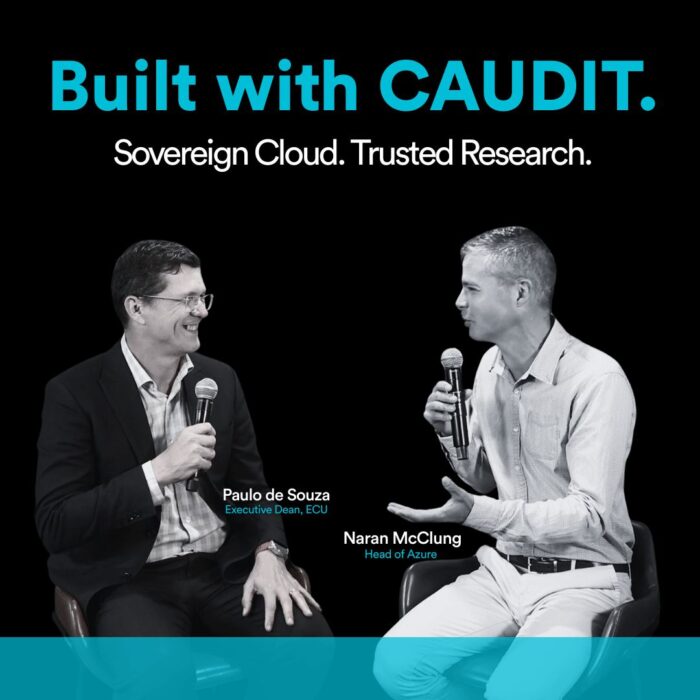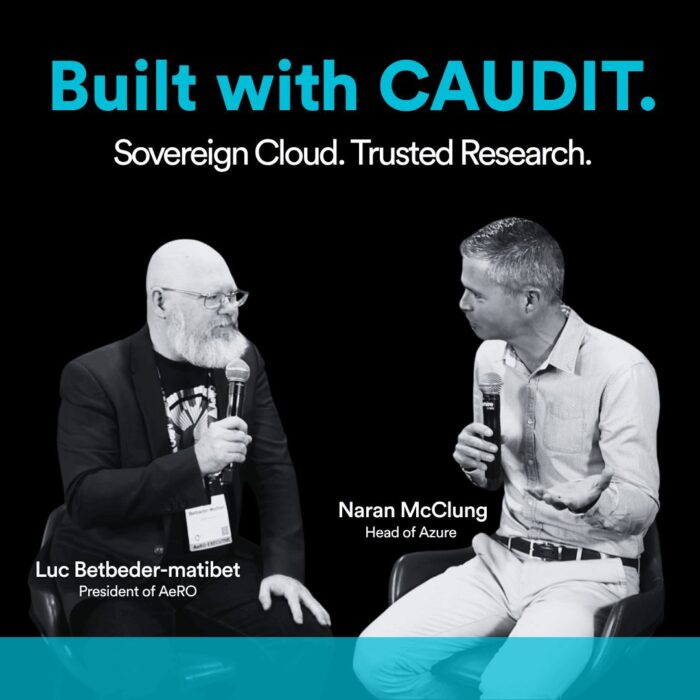Disaster Recovery in the Cloud: Real Tactics for IT Leaders

Let’s start with the uncomfortable truth. Nobody likes thinking about downtime, data loss, or explaining to your board why the whole system is offline. But disasters happen. From cyberattacks to coffee spills on laptops (don’t laugh – that’s taken a whole sales team offline before), the impacts are real, human and business-breaking. This is NOT that one-way yawn-fest about “future-proofing” or “digital transformation”. This post is the practical, plain-English guide to disaster recovery in the cloud for businesses that need real resilience – not just paperwork.
We’ll tackle what Business Continuity Planning (BCP) and Disaster Recovery (DR) really mean (hint: they’re not the same), how cloud disaster recovery actually works, what those pesky acronyms RTO and RPO mean for your business, and how Disaster Recovery as a Service (DRaaS) flips the script on cost and complexity. We’ll get clear on the difference between Public and Private Cloud DR, and wrap up by giving you a practical checklist for assessing if you’re really DR-ready (spoiler alert: most aren’t).
Whether you’re the techie in charge or the manager with budget responsibility, it pays to know this stuff. Literally.
Business Continuity Planning vs. Disaster Recovery: Know the Difference.
Here’s a scenario. You’re hit by a ransomware attack at 2 am. What’s your first thought? If it’s “restore everything and get back to business,” you’re thinking disaster recovery. But if it’s “how do we keep the lights on, even if this takes a week?”, that’s business continuity.
Let’s break it down:
Business Continuity Planning (BCP):
- The big-picture strategy.
- Ensures your entire business keeps running when disruptions strike (not just IT).
- Covers people, processes, comms, suppliers, and – yes – your coffee supply.
Disaster Recovery (DR):
- The IT heavy-lifter sitting under BCP.
- Zooms in on restoring your systems and data as quickly as possible.
- It’s the difference between “we’re down, but still able to operate because we planned for this” and “nobody can log in, and we’re losing $10k a minute”.
Key point: DR is a critical piece of BCP, but having one without the other is like carrying a spare tyre and forgetting the jack.
Disasters Happen. Cloud Makes Recovery Smarter.
Think disasters only hit the “unlucky”? Think again. According to Macquarie Cloud Services, more than 40% of businesses never reopen after a major disaster, and only 29% make it past two years post-event. The causes? Everything from server glitches (looking at you, Myer.com.au Boxing Day meltdown) to ransomware, floods, power failures, and, yes, human error.
So, how does disaster recovery work in the cloud, and why is it overtaking dodgy tape backups and dusty server rooms?
How Cloud Disaster Recovery Actually Works.
Gone are the days of dragging dusty tapes out of a backroom after a flood, only to find them ruined or hopelessly out-of-date.
Cloud Disaster Recovery flips the rules by:
- Replicating your critical data, applications, and workloads to secure cloud infrastructure, far away from your office.
- Automating regular backups and instant failovers.
- Offering pay-as-you-go cost models and elastic scalability.
- Achieving nearly instant recovery compared to the “hours or days” downtime traditional approaches require.
Types of cloud setups:
- Public Cloud (think AWS, Azure): Shared infrastructure, highly scalable, easy to start.
- Private Cloud (dedicated environment): More control, more security, higher cost.
- Hybrid Cloud (mix and match): Flexible, great for businesses with complex requirements.
You’re not gambling everything on one data centre or a stack of tapes. You gain flexibility and resilience that’s almost impossible to achieve on-premises (unless your budget matches NASA’s).
RTO and RPO: The Numbers that Matter.
Acronyms everywhere, right? But these two are worth remembering if you don’t want your next disaster to turn into a headline.
Recovery Time Objective (RTO)
- What it means: The maximum time your business can tolerate being offline.
- Example: If your RTO is 1 hour, you can’t afford an outage lasting more than that. Every minute extra could mean lost revenue, angry customers, or even regulators knocking.
Recovery Point Objective (RPO)
- What it means: The maximum amount of recent data you’re willing to risk losing, measured in time.
- Example: With an RPO of 15 minutes, backups must run at least that often. Lose any more data than that, and business operations are seriously affected.
Why do these matter? Because setting them too low is expensive (think constant backups, complex storage), but too high and you’re flirting with real risk (billing errors, compliance issues, angry execs).
Tip from the field: Most businesses overestimate what they can “live with” during downtime. Be brutally honest here and get input from every part of the business.
Disaster Recovery as a Service (DRaaS): Real Flexibility, No Secrets.
Forget old-school DR that means building (and paying for) a second data centre that mostly sits idle “just in case”. DRaaS has changed the game.
Here’s what you get with DRaaS:
- Reduced Costs: No hardware (or over-engineered server rooms) needed. You pay for what you use, not what you’re afraid of.
- Scalability: Need to protect 10 servers this month, 100 the next? No problem.
- Automation: Snapshots, replication and failover all handled by the provider.
- Expert support: No need to have an in-house DR guru on call 24/7.
- Testing without drama: One-click DR tests that don’t risk your production systems.
You effectively rent peace of mind without the burden of ownership or overhead. This is cloud data protection for real-world budgets.
Public Cloud DR vs Private Cloud DR
Let’s put the options face-to-face.
Public Cloud Disaster Recovery.
- What it is: Use third-party giants (AWS, Azure, Google Cloud) to host and recover your systems/data.
- Pros: Lower cost, rapid deployment, scale on demand, tested SLAs.
- Cons: Less control over data residency, shared resources, potential compliance headaches for sensitive data.
Private Cloud Disaster Recovery.
- What it is: Completely dedicated infrastructure for your organisation, typically managed by a trusted provider.
- Pros: More security, compliance, and control. Great for finance, health, or government organisations.
- Cons: Higher cost, more to manage, usually less flexibility.
Hybrid Cloud Disaster Recovery.
Some businesses run mission-critical workloads and sensitive data in a private cloud (or on-prem), while leveraging the public cloud for everything else. This “best of both” approach balances cost with security and compliance.
The Hard Questions Checklist
Think you’re DR-ready? Pressure-test your plans with these questions:
- How often do you test your disaster recovery plan, really?
- What are your current RTO and RPO numbers (not guesses, the real ones)?
- Do all critical systems (not just servers, but apps, dependencies, even third-party integrations) have failover solutions?
- Where do your backups actually live? (If the answer is “under the same roof as production”… yikes.)
- Who’s responsible for triggering DR, and does everyone know their part?
- When was the last time your plan was updated for new tech or business changes?
- If your core site is a smoking heap (figuratively or literally), how quickly can you be fully operational elsewhere?
- Are you confident your DRaaS provider can meet your compliance requirements?
If a few of those made your stomach drop, you’re far from alone. Gartner research consistently puts lack of testing and out-of-date plans as the top causes for failed recoveries.
Benefits of Cloud-Based Disaster Recovery
The real-world wins of cloud-based DR:
- Speed: Virtual servers and applications restore in minutes, not hours.
- Reliability: Top providers nail 99%+ recovery rates.
- Security: Leading cloud platforms invest more in security and compliance than most companies can dream of.
- Resilience: Your data is protected from local disasters (floods, fires, power outages).
- Simplicity: Automated failover and failback take stress off internal IT teams.
- Pay as you go: Scale up or down, aligning spend with actual business risk.
The bottom line? Cloud disaster recovery moves you from hope (“maybe it’ll never happen to us…”) to certainty (“we’re ready, let’s do this”).
Are You Really DR-Ready? Time for a Reality Check
Having a documented DR plan isn’t enough. Having cloud backups isn’t enough. The real test is how fast you can recover, how much data you can afford to lose, and how confidently you can walk into the next board meeting when someone asks, “Are we prepared?”
Action steps to take right now:
- Review your RTO and RPO. Be honest, and loop in business stakeholders.
- Look at your current backup and disaster recovery architecture. Is it cloud-based? Is it tested? Is it working?
- Schedule a DR test. Simulate a real disaster, review the gaps, and action them.
- Investigate DRaaS options. Assess which model (public, private, hybrid) best fits your data, compliance, and budget needs.
No fluff, no jargon. Just tactics you can use. Because when disaster strikes, there’s only one question that matters:
How fast can you recover?



